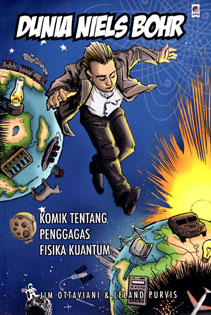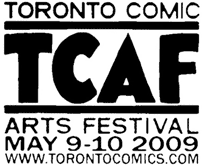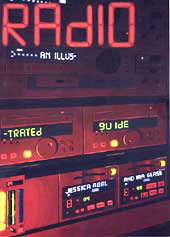As you’ll recall, I was asked to serve on an NIH review panel. I accepted, assuming that the process of helping decide how to spend billions of dollars would be interesting and educational, and because I had no idea how such things happened.
So, after disclosing any potential conflicts of interest, and after dealing with the mechanics of attending the meeting, I received a huge package of information, including all the applications (over 60, in this case) for grant money. I was assigned as a primary reviewer on 6 of these, though of course the folks running this process encouraged all reviewers to read all of them.
When I say huge, I mean that in terms of volume, not weight. In a pre-digital age this would have been a large box of stuff. More even than our weekly shipment of J. Jill catalogs. (Sorry Kat…couldn’t help it!) Here in the future, where I prefer to spend my time, I got a single DVD and a handful of paper instead of that large box, which meant fewer tax dollars spent on shipping charges. But since my reading brain was trained in the past, I have a tough time absorbing and annotating hundreds of pages on screen, so I ended up printing out chunks of the applications I was responsible for evaluating. I can create digitally, but I cannot destroy, in other words.
That hyperbole isn’t megolomaniacally hyperbolic, since throughout the reading, and scoring on 12 major criteria and 50 sub-criteria, knowing that a lot (really…like an average of $1,000,000) was at stake for the applicants made me the opposite of giddy with power. I’ve never liked conducting interviews, since it’s always seemed to me like a destructive testing process. Those kinds of processes are great for figuring out how much weight a bridge can hold before collapsing, or whether a piece of software can handle an unlikely and purposefully weird/malicious sequence of inputs, but a lousy way to treat people. Evaluating proposals is more bloodless, but proposals do represent lots of effort — and the hope of future funded work — on the part of the applicants. People.
So, reviewing the work and deciding the fate of millions: When first approached, I looked at the compensation (yes, reviewers are compensated) and thought to myself that it sounded like a pretty good deal. It was enough to buy many crucial parts for the giant robot with which I will take over the world! But in terms of cost effectiveness for buying the servomotor and positronic brain I covet, the financial benefit isn’t great. It takes time to read and evaluate and assess these things in detail. A lot of time. So you, as a taxpayer, get your money’s worth from the review board. I, as a reviewer, got a paid education. Less than minimum wage, but hey!
It’s tough sledding, since the rigid format (a necessary evil, given the number of applicants and the need to compare them as quantitatively and objectively as possible) makes dealing with the bulk of each application about as enjoyable as curling up with a spreadsheet on a damp concrete floor in front of an empty fireplace. In a hailstorm. If you prefer a more literary metaphor, after the first few, it felt like I was reading a succession of Hardy Boys novels, but without the benefit of their depth of characterization and complexity of plot. But in the middle of what are typically 100-300 pages of text and tables you get the program narrative, and in there I saw cool ways people have thought of to educate students from K-12 about issues relevant to the NIH’s mission. The devil is finding the devil in the details.
Lather, rinse, repeat…I read ’em all a couple of times to make sure I understood what I was looking at. And many of these applications dealt with biomedical concepts I was only barely familiar with. Or not familiar with at all. Here, it’s good to live in the era of the web.
Then it was my turn to create some tough sledding, because (surprise!) the written evaluations themselves are done via a rigid format.
Next: Book report




